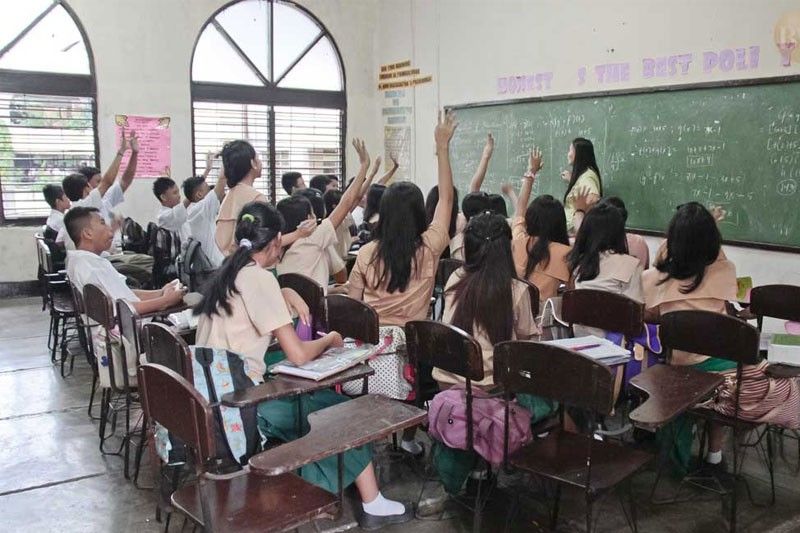Functional literacy rate improves in 2019 – PSA

MANILA, Philippines — The country’s functional literacy among Filipinos aged 10 to 64 years old improved in 2019 as it reached 91.6 percent, the Philippine Statistics Authority (PSA) reported over the weekend.
This was based on the results of the PSA’s Functional Literacy, Education and Mass Media Survey (FLEMMS).
PSA said the figure translates to around 73.0 million out of 79.7 million in the same age group who are considered literate on a functional level.
“Generally, functional literacy rates among the population 10 to 64 years old across sexes and age groups were higher in 2019 than in 2013,” the PSA said, adding that the rate registered at 90.3 percent in 2013.
The PSA said a significantly higher level of literacy includes not only reading and writing skills but also numeracy skills.
It added skills must be sufficiently advanced to enable the individual to participate fully and efficiently in activities commonly occurring in life situations that require a reasonable capability of communicating by written language.
In 2019, females posted a higher functional literacy rate than males at 92.9 percent and 90.2 percent, respectively.
“Both posted significantly higher rates compared with the proportion of functional literate female (92.0 percent), and male (88.7 percent) Filipinos in 2013,” the PSA said.
Among age groups, 20 to 24-year-old Filipinos had the highest functional literacy rate in 2019 at 96 percent while those aged 60 to 64 years old had the lowest at 84.8 percent.
From a regional perspective, the National Capital Region (NCR) registered the highest functional literacy rate at 96.5 percent.
In contrast, the Bangsamoro Autonomous Region in Muslim Mindanao (BARMM) registered the lowest at 72.6 percent.
“Filipinos who are at least junior high school completers in the K-12 curriculum, or equivalently high school graduates in the old curriculum, were reported to have very high functional literacy rates (100.0 percent).This also remained true across all regions,” the PSA said.
Meanwhile, persons who had no grade completed or received early childhood education were reported to have the lowest functional literacy rate of 2.7 percent.
Results of the FLEMMS also showed that about half or 53.4 percent of Filipinos in the age group 10 to 64 years old had a literacy level of 4, or had completed at least four years of secondary education (at least junior high school completer or high school graduate), and most of them were from the 20 to 24 years old age group (76.7 percent).
Moreover, around three-fifths or 60.5 percent of Filipinos in the age group 10 to 64 years old living in urban areas, and two-fifths or 44.3 percent of those living in rural areas were in literacy level 4.
In addition, about half or 52.4 percent of elementary graduates can read, write, compute and comprehend, while 77.7 percent of Filipinos in the age group 10 to 64 years old had the minimum set of skills or competencies in functional literacy level 3.
The FLEMMS 2019 is a nationwide household-based survey and one of the designated statistical activities of the PSA by virtue of Executive Order 352.
- Latest
- Trending






























